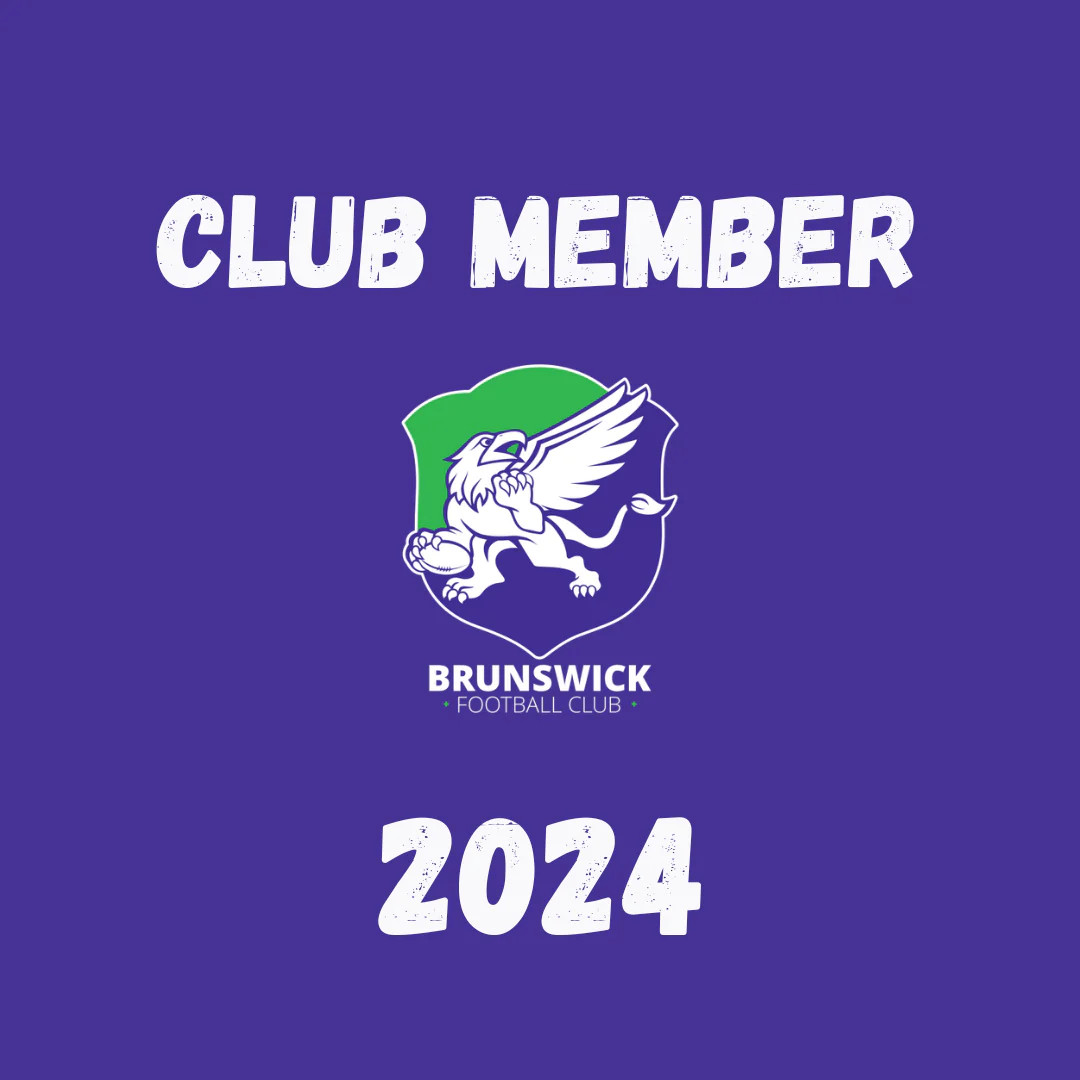Local Footy: All rivalries change, even the very strongest ones
by Paul Daffey
A few years ago, I was researching a story on rivalries in local footy and I consulted that treasure trove of footy knowledge Rod Gillett for background on Echuca and Rochester. Rocket, who spent part of his childhood in both towns (he likes country and western), passed on some gems of information, including the fact that the Rochester footy club was formed in 1874 for the purpose of “playing and beating Echuca”. What greater purpose could there be?
Rocket, as well as clubmen from Rochester and Echuca, came up with so many snippets to illustrate the rivalry that I started to froth at the mouth just writing about it. Noel McMahen, the former Melbourne premiership captain who coached Rochester to five grand finals in his five years at the club, said his greatest achievement in those five years was never coaching a losing team against Echuca. The two premierships, in 1958 and ’59, were somehow secondary.
In 2000, Ken Sheldon’s first game as Echuca coach was at Rochester. The away coaches’ dugout at the Rochester Recreation Reserve is in front of a tent that serves beer and steak sandwiches. Sheldon became so alarmed by the ferocity of the tent patrons’ vitriol towards Echuca players and coaches that he turned his back on the play and asked the sanger-munchers to pull their heads in. “It was a debacle,” he said.
Rocket loved my story. It depicted passion, honour and steak sandwiches, everything he felt to be right and good about country footy. In his mind the rivalry between Echuca and Rochester was as strong as it had always been. So pass the sauce, please.
I had Rocket in mind when I rang ruckman Guy Campbell before this season to ask about his move from Echuca to Rochester. From the stories I’d heard, that was like moving from Manchester United to Manchester City, from the Kremlin to the CIA, from the Christians to the Moors. I expected Campbell to be defensive because everyone from his home town would be on his back about moving to the enemy. How wrong I was.
Campbell spent the 2005 season on Sydney’s rookie list and although he played well in the reserves, he failed to crack a senior game. (Well, it was a premiership year.) The next year he returned home and played for his original club, Echuca United. Then he moved to the Echuca Football Club because he wanted to join former teammates from TAC Cup club Bendigo Pioneers who were playing there. Campbell spent two years at Echuca. Then before this season he moved to Rochester, again because he wanted to play with old friends from the Bendigo Pioneers.
I could almost hear Campbell’s shoulders shrugging when I asked whether his move from Echuca to Rochester had created ructions. He said he felt he owed Echuca nothing. It wasn’t his home club. He went there to play with old friends and now he was doing the same at Rochester. Campbell and his father run an earth-moving business in Echuca. They talk to with dozens of people a day, many of whom follow the local footy. Guy said he received no grief about going to Rochester.
“Maybe the rivalry’s not as strong,” he said. “I certainly think it’s not as strong now for the players.”
Under the TAC Cup system, Victoria’s best teenage footballers are funnelled into district teams such as the Calder Cannons and the Bendigo Pioneers. At the Pioneers, Guy Campbell would have played with teammates from Kyneton, Castlemaine and Mildura, as well as Echuca and Rochester.
After two years at a TAC Cup club, it’s understandable that players become good mates. If they fail to get drafted, they often go back to their original club. If so, there’s a good chance they’ll play against an old TAC Cup teammate who’s also playing at his original club.
Players who find themselves competing against former TAC Cup teammates can hardly be expected to shoulder the animosities of previous generations. They know their former teammates as people, not as torch-bearers of ancient grudges. I think the TAC Cup is inadvertently diluting the visceral nature of local footy rivalries.
I have a strong experience of a local footy rivalry. I grew up watching St Bernard’s play in A-grade in the Victorian Ammos competition. Our big rival was North Old Boys. The players from North Old Boys had been to school together at St Joseph’s College, North Melbourne. They came from the northern suburbs or the western suburbs. St Bernard’s players had been to school at St Bernard’s College in Essendon. We came from the north-west suburbs, from the wedge between the Maribyrnong River and the Moonee Ponds Creek, a wedge that separated the St Joe’s catchment areas.
St Bernard’s and St Joe’s colleges were both Christian Brothers schools. We grew up playing footy against each other in the Catholic colleges competition. In the later years of school, we both went out with girls from St Columban’s College in Essendon, so we got to know each other a little at parties, but not too much. We were bound by similarity and divided by it. It was the perfect cocktail for a momentous footy rivalry.
The old boys’ clubs from both schools entered the Ammos competition in the same year, in 1963, and they moved up through the grades more or less together before settling in A-grade in the early ’70s. Matches in A-grade in the ’70s were titanic. I can still hear the slap of skin and the exhalation of air as one man crashed into the other on the creekside wing at West Essendon.
In 1981 St Bernard’s were relegated. In 1984 I was a teenager in the team that won the B-grade premiership to put us back in A-grade. All the talk over summer was about playing North Old Boys again. It had been a break of only a few years but you’d think it was a lifetime.
I thought I’d played in front of decent crowds in 1984, with cars filling the tiered viewing areas in the natural amphitheatre, but it was nothing compared to the numbers that turned up for the 1985 A-grade match against NOBs. Cars were piled on top of each other on the hill. Spectators lined both forward pockets nearest the creek. I’ve never seen crowds like it at St Bernard’s before or since.
I remember taking a mark in the forward line. As I walked back to take a shot, Jerome Griffin, the NOBs captain and full-back, asked me what I was doing on the field. He said I looked too young. It was then, realising I was deep in the cauldron of a match against NOBs, that I was sure I’d made it as a local footballer. (That I missed the goal was a portent.)
NOBs have gone downhill in the last 15 years because the demographics of the school that feeds the footy club have changed. Many students at the school are Vietnamese or Somalian, and they’re more interested in soccer. A decade ago I was astounded to learn that St Joe’s, North Melbourne, no longer fielded footy teams. No wonder the North Old Boys footy club was fighting so hard to stave off decline.
NOBs have since adopted St Pat’s, Ballarat, as its feeder school, but you can manufacture a link only so much. The bad news is that St Joseph’s College, North Melbourne, is closing at the end of 2009, so there must be real fears for the future of the old boys’ footy club. They’re in D-grade as I write, while St Bernard’s are on top in B-grade. The prospect of a clash in A-grade that would draw half the Catholic population in the northern and western suburbs appears remote at best.
The fortune of footy clubs like North Old Boys is like Australia’s history of immigration writ small. Families moved out from Italy and Greece early last century. Some of their sons and daughters married out and so did their grandchildren.
The grandchildren of those immigrants know all the stories from southern Europe. They know the food and the culture, but they’re also immersed in their lives in Australia. They know what went on in the old country but their lives are necessarily different from their forebears.
Local footy rivalries are like that. They change with the generations. They might become diluted, or there might be an event that lends a new edge, but whatever happens they continue through the stories. The question, as Guy Campbell’s story shows, is whether that’s enough for a rivalry to survive with the same passion.






















